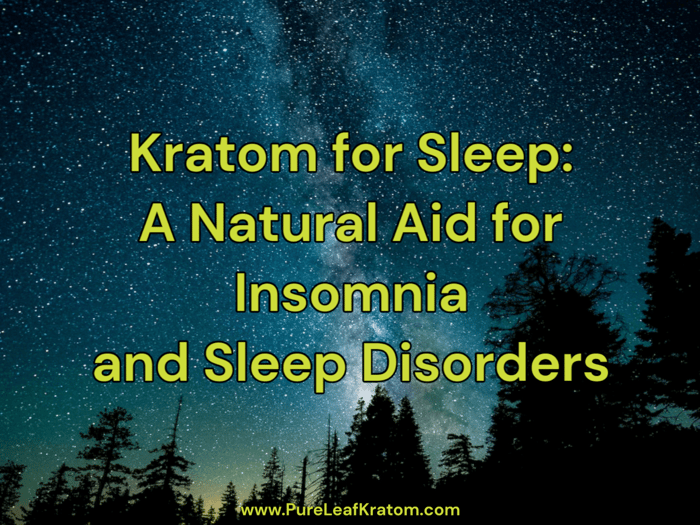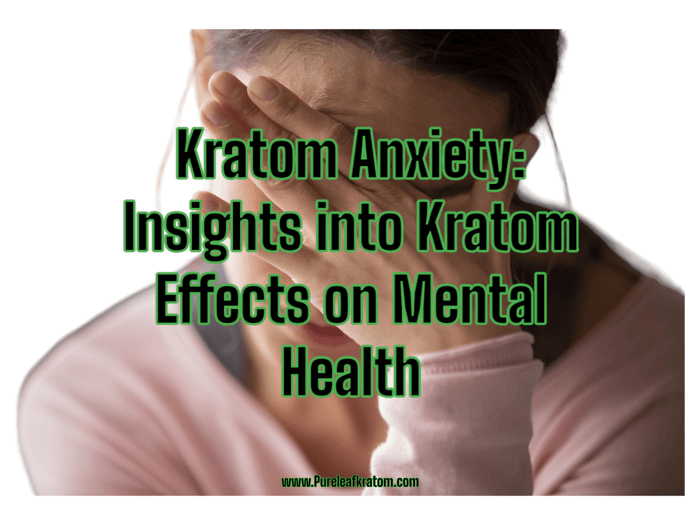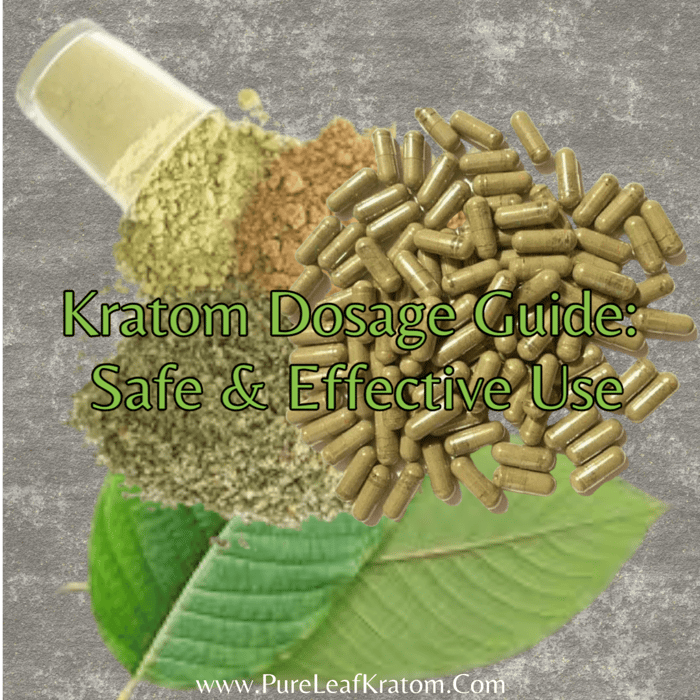
How to Take Kratom Powder: A Detailed Guide
Demystifying Kratom: A Journey Back in Time
Discover the medicinal potential of Kratom powder, a popular plant from Southeast Asia. With key components like mitragynine and 7-hydroxymitragynine, this botanical wonder's properties are defined.
$9.69 Whole Herbs Kratom Capsules Yellow Indo Crafted to perfection, Whole Herbs Yellow Indo Kratom Capsules stand as a testament to quality and nature's bounty. A...… read moreWhole Herbs Kratom Capsules Yellow Indo

The Ethnobotanical Roots: Kratom in Southeast Asia
Kratom carries a long history tightly interwoven with tradition and everyday life in the regions of its origin. Dubbed as "biak," "ketum," or "krathom," the local populaces have made use of it for ages. Most traditionally, the plant's leaves were chewed in raw form or were brewed into a soothing tea. Among the circle of manual laborers and farmers, Kratom served a practical purpose - a combatant against fatigue and a booster for productivity. Its traditional applications did not end there; it was believed to be a beneficial treatment for conditions ranging from diabetes and fever, to diarrhea and pain.
In the early 20th century, owing to its opium-like effects, Kratom took up a new role as an opium substitute in Malaysia. Stand-out changes in the societal context and the increasing reach of globalization have influenced Kratom's traditional uses, metamorphosing its nature.
Kratom's Global March: The Western Attraction
In more recent years, Kratom has been gaining traction in the West. Why the sudden rise in popularity? Its potent psychostimulant and opioid-like impacts have played a part, transforming Kratom into a recreational drug of choice for many. The Kratom leaf was traditionally used, but the modern trend has seen it evolve into a range of convenient forms, with the powdered form standing out in the crowd.
While strictly regulated or even banned in several Southeast Asian and European countries, Kratom enjoys a mostly legal status in many states within the U.S. Today, Kratom, particularly in powdered form, is primarily used as a lifeline in the management of chronic pain, mitigation of opioid withdrawal, and as an aid to mood disorders.
Despite its widespread and growing popularity, Kratom comes with its share of controversy surrounding potential health hazards from high dose usage or drug interactions. Research is ongoing, and while the medical benefits and risks associated with its use are yet to be fully evaluated, it remains an area of active debate.
With this broad understanding of what Kratom is and its historical hues, we begin our exploration of the various aspects of Kratom Powder, a modern avatar of this tropical Asian leaf, which is fascinating the Western world.
Let's dive deep into the world of kratom powder, one of the most popular forms of kratom used today. From the method of its production to the different strains available, we aim to provide a clearer understanding for those interested in exploring this intriguing substance.
The Process of Making Kratom Powder from The Plant
Kratom powder fundamentally comes from the leaves of the Mitragyna speciosa, commonly known as the Kratom tree, which predominantly grows in the tropical regions of Southeast Asia. The production process is meticulous, often incorporating traditional techniques to ensure maximum potency and quality.
The leaves are carefully picked, sorted based on maturity, and then thoroughly cleaned. The cleaned leaves are then subjected to a drying or curing process, which plays a pivotal role in determining the final product's strain and potency. During the drying phase, leaves are kept under either sun, shade, air conditioning, or indoor light depending on the desired result. After the drying process, the leaves are then ground into a fine powder using industrial grinders.
Understanding Different Strains of Kratom Powder
There are three main strains of Kratom, categorized based on the colour of the veins in the leaves - Red, Green and White, with each one reputed to have its unique properties.
Red vein Kratom, often described as more calming, is known to provide some level of pain relief and is commonly used by individuals looking to relax or manage insomnia.
In contrast, White vein Kratom is usually characterized by its stimulating effects, often used by those seeking to boost their mood or energy levels.
Green vein Kratom is considered to strike a balance between the two, providing moderate stimulation while also offering some pain relief.
The Potency of Kratom Powder: The Alkaloid Factor
The potency of Kratom primarily comes from the presence of naturally occurring compounds in the plant called alkaloids, specifically mitragynine and 7-hydroxymitragynine. These alkaloids engage with the body's opioid receptors, producing an array of effects. The exact level of these alkaloids can vary depending on several factors, including the strain of the plant and how the leaves were dried and processed.
Varieties in Taste and Aroma
Like any natural product, the taste and aroma of Kratom powder can vary based on strain and origin. While many describe the taste as earthy and bitter, others compare it to strong green tea. Some note subtle differences in flavor amongst strains — for instance, red vein strains might taste somewhat sweeter due to the extended fermentation process. These variations in taste and aroma can significantly influence user preferences when choosing a Kratom powder.
Raw Kratom Powder Gold Bali

$59.95
Raw Kratom Powder Gold Bali Raw Kratom Powder Gold Bali epitomizes the pinnacle of care, precision, and quality in kratom harvesting. Each step of its...… read more
Benefits of Kratom powder: Understanding its appeal
Understanding the reported benefits of Kratom powder sheds light on its popularity among users. Experiences may vary, and while some are drawn to its purported therapeutic effects, others find its stimulative properties appealing. In the midst of such varied feedback, what remains consistent is the popularity of Kratom powder.
The reported benefits of Kratom powder: Users’ experiences and verdicts
As with any substance, individual responses to Kratom powder can differ widely. However, notably, many users report relief from a variety of conditions. This potent botanical has been traditionally used to manage pain, ward off depression, and as an alternative to opioids due to its similar effects on the brain's opioid receptors. Its key active ingredients, mitragynine and 7-hydroxymitragynine, can indeed offer some of the benefits associated with opioids but reportedly with fewer side effects source.
Stimulating effects and stress relief
At lower doses, Kratom powder has purported stimulant-like effects. Used traditionally across Southeast Asia to combat fatigue and boost productivity, today's users often echo these sentiments, testifying to increased alertness and energy. Moreover, Kratom might help to diminish stress levels by lowering stress hormones, thereby aiding in mood upliftment source.
Why some users prefer it to other types of Kratom: A comparative analysis
Among the different forms, Kratom powder stands out for its versatility. It can be ingested directly or mixed with food and drinks to mask the strong taste. Its more fast-acting nature due to faster absorption compared to Kratom leaves or capsules is another factor favoring its popularity.
Existing clinical and pre-clinical researches around the benefits of Kratom powder: A brief review
Despite the stirring testimonials from Kratom users, conclusive measures of safety and efficiency from comprehensive clinical research is limited. Early studies indicate some promising potential of Kratom, but these findings are far from conclusive source. As Kratom is not FDA-approved to treat any medical condition, it underscores the need for caution and responsible use by potential users.
The role of Kratom in managing pain, anxiety and stimulating mood
One of the most frequently reported benefits of Kratom powder revolves around pain management. Many users claim it lessens the discomfort associated with chronic pain conditions. Furthermore, due to how Kratom interacts with the brain's opioid receptors, it's been suggested that it could help those trying to manage their opioid addiction symptoms. Its alleged stress-reducing and mood-enhancing effects further amplify its attractiveness to certain users. Despite the testimonials, these are areas where more rigorous research is needed to confirm the effectiveness and safety of Kratom's use.
Safety Precautions: Starting Low and Dealing with Side Effects
Kratom, like any other substance, can affect different individuals in unique ways, which is why it's crucial to approach its usage correctly and take necessary precautions. Understanding the potential side effects, starting with low doses, and knowing how to manage them is a staple of safely introducing Kratom powder into your routine.
Staring with Low Doses
Being mindful about dosage is essential when introducing any new substance into your body, especially those with psychoactive properties like Kratom. Users are typically recommended to start with a low dose around 2-5 grams, to assess individual tolerance. Gradually increasing dosage over time can help prevent sudden discomfort or unwelcome reactions. However, ‘more’ does not always translate to ‘better’, excessive intake may induce nausea, headaches, and excessive sweating among others.
Dosage Regulation
Understanding your body’s response to Kratom and maintaining a consistent schedule is a key factor for safe use. Monitoring and recording your experiences can assist in determining the optimal personal dosage and frequency. Yet, it’s prudent not to mix Kratom with other substances such as alcohol or medications, as it heightens the risk of adverse reactions. Key to this is also consuming Kratom powder with food and staying well hydrated.
Recognizing and Coping with Side Effects
Although generally considered safe in moderation, Kratom does possess potential side effects that require vigilance. If feelings of discomfort or any adverse symptoms such as persistent nausea or digestive issues occur, it’s wise to stop taking Kratom and seek medical advice. Making sure to hydrate well can also significantly aid in processing the Kratom effectively, negating a majority of potential side effects.
Risks of Dependency and Dealing with Abuse
Just as with any substance, misuse and over-consumption of Kratom can potentially lead to dependency. Recognizing signs of misuse such as consumption despite detrimental effects, difficulties in performing normal tasks without Kratom and developing tolerance requiring higher doses is crucial. If suspected, it's best to engage professional help at the earliest.
Quality Assurance
The safety of Kratom consumption also hinges on the quality of product purchased. Due to uncontrolled supplement markets, Kratom products have exhibited instances of adulteration, which had led to numerous health hazards. Buy from trusted vendors with strict manufacturing standards, to ensure a product free from contamination. Despite this, consumers should remain vigilant, as FDA-approved vendors have also seen quality issues.
Krave Kratom Capsules Green Malay

$9.89
Krave Green Malay Kratom Capsules Krave Kratom Capsules Green Malay are another exceptional addition to our premium Kratom selection here at Pure Leaf Kratom. This...… read more
Legal & Safety Implications: What You Need to Know
The complex nature surrounding the legal status of Kratom internationally underscores the dilemma of balancing the reported therapeutic benefits with the potential for misuse and wellbeing concerns. With each country bearing a unique stance on this plant, it's vital to be well-informed about its legality and safety before you decide to integrate Kratom into your daily routine.
A Brief Overview of the Legal Standing of Kratom in Various Countries
When it comes to Kratom's global legal standing, the spectrum ranges from full legality to partial restrictions, to outright bans. In the United States, Kratom currently enjoys a federal legal status. However, some states have localized restrictions or prohibitions. Europe largely mirrors a similar legal landscape—Kratom is legal in most countries, subject to certain constraints in distinct locations. On the other hand, some Southeast Asian nations, such as Thailand and Malaysia—ironically, where Kratom is indigenous, have imposed laws making Kratom illegal due to potential misuse concerns. Countries like Denmark, Finland, Ireland, and several others have chosen to ban Kratom altogether.[1] [2]
Factors Influencing the Legality of Kratom
Various factors influence the diverse legality perspectives on Kratom across the globe. Principle among these is the plant's potent opioid-like effects, its potential for abuse, and possible herb-drug interactions arising from misuse. In the UK, Kratom possibly falls under the Psychoactive Substances Act as an unregulated psychoactive compound which contributes to a more thorny legal scenario. More research in this area is warranted to inform policymakers worldwide about risks, benefits, and informed decision-making on the legal status of Kratom.[2]
Warnings and Recalls by the FDA
While Kratom doesn't currently fall under the scheduled drugs list, the Food and Drug Administration (FDA) hasn't been shy of voicing its stance on Kratom's active compounds, mitragynine and 7-hydroxymitragynine, by suggesting they be considered Schedule I opioids. While the final decision on this classification hasn't been made yet, the stance points to the potential impacts of consumption, particularly in the context of dependency—a concern that often fuels the heated debates surrounding Kratom legality.[2]
Tips to Ensure the Product Purchased is Safe and High Quality
Irrespective of the consumed form, safety is paramount when it comes to Kratom use. Ensuring the product bought is pure, unadulterated, and of high quality reduces the risk of adverse effects. There have, unfortunately, been incidents where commercial products were mixed with opioids or contaminated, exacerbating risks to users. Therefore, vigilant vendor selection, thorough product scrutiny, and lab testing can ameliorate these risks. Better regulation and manufacturing standards necessitate active lobbying for a safer environment for those considering daily Kratom integration.[2]



